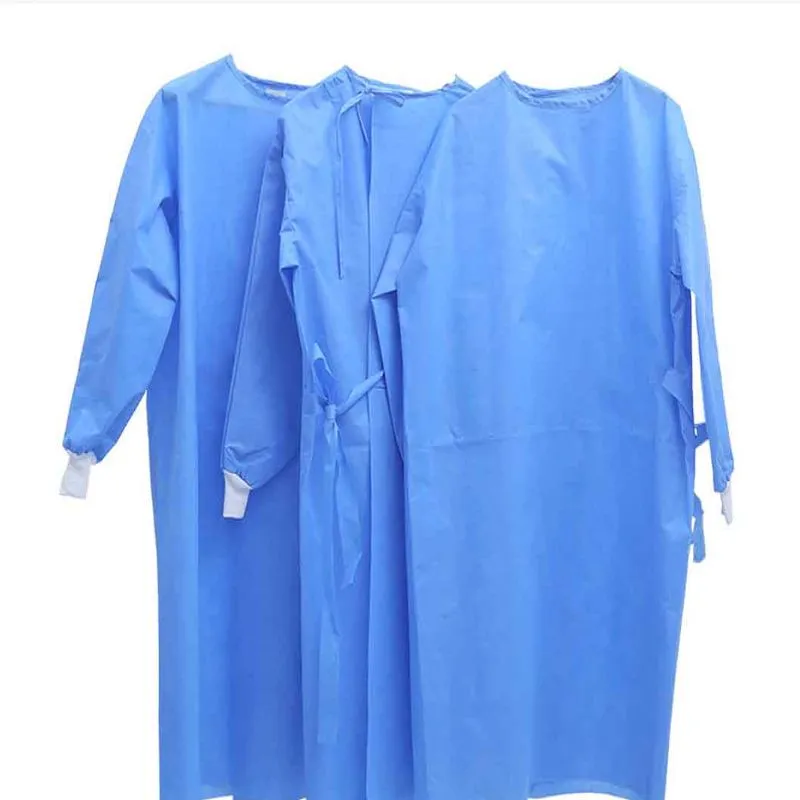The Essential Role of Surgical Gowns in Modern Healthcare
2024-08-13
Surgical gowns are a fundamental part of healthcare, providing a critical barrier between medical professionals and potential sources of contamination. These gowns, often overlooked in their importance, play a vital role in maintaining a sterile environment, protecting both patients and healthcare workers during surgical procedures.

What is a Surgical Gown?
A surgical gown is a protective garment worn by healthcare professionals during surgeries and other medical procedures. Designed to protect against the transmission of infections and contaminants, these gowns are typically made from materials that are resistant to fluids and pathogens. They cover most of the body, including the torso, arms, and legs, and are designed to be worn over regular clothing or scrubs.
The Importance of Sterility in Surgical Gowns
The primary function of a surgical gown is to maintain sterility. In the operating room, where the risk of infection is high, it is crucial that the environment remains as clean as possible. Surgical gowns help achieve this by providing a sterile barrier that prevents the transfer of microorganisms from the healthcare worker to the patient, and vice versa. This is particularly important in surgeries where the patient’s immune system may be compromised, or where the risk of infection is already elevated.
Materials Used in Surgical Gowns
Surgical gowns are made from a variety of materials, each chosen for its protective properties. The most common materials include:
1. Polypropylene: A lightweight, breathable material that provides good protection against fluids.
2. Polyethylene-coated polypropylene: Offers enhanced protection by adding a waterproof layer to the gown.
3. Spunlace fabric: Known for its softness and comfort, while still providing a barrier to liquids and pathogens.
4. SMS (Spunbond-Meltblown-Spunbond): A nonwoven fabric that combines strength and fluid resistance with breathability.
Each of these materials is selected based on the level of protection required for specific procedures. For example, more invasive surgeries may require gowns made from materials with higher fluid resistance, while less invasive procedures might use lighter, more breathable fabrics.
Types of Surgical Gowns
There are several types of surgical gowns, each designed for different levels of protection:
1. Standard Surgical Gowns: Used in routine surgeries where there is a low to moderate risk of exposure to fluids.
2. Reinforced Surgical Gowns: These gowns have additional layers of material in critical areas, such as the front and sleeves, providing extra protection during high-risk procedures.
3. Disposable vs. Reusable Gowns: Disposable gowns are designed for single use and are often used in situations where the risk of contamination is high. Reusable gowns, made from durable materials, can be sterilized and used multiple times, offering an eco-friendly option.
Conclusion
Surgical gowns are an essential component of healthcare, providing a necessary layer of protection in environments where the risk of infection is high. By understanding the importance of these gowns and the materials they are made from, healthcare professionals can ensure they are adequately protected during procedures, ultimately leading to better patient outcomes and safer working conditions.


